Inside Kay’s agentic loop
Observe → Reason → Act → Learn—within clear, safe boundaries you control.
Kay’s agentic loop continuously monitors behavioral inputs to detect patterns early. It reasons through these insights to determine appropriate interventions, acts by providing timely, compassionate nudges, and learns from outcomes to improve support. All actions occur within user-defined limits and include human-in-the-loop safeguards, ensuring control over data sharing and intervention levels.

Observe
01
Inputs
AM/PM check-ins track mood, stress, sleep, energy, social connection, environment, with optional free-text notes and engagement signals.
02
Optional Integrations
Apple Health data, such as sleep duration, can be integrated when enabled by the user to enhance monitoring accuracy.
03
Data Sharing
Users can opt-in to share data with providers via a secure code, maintaining control over their information.
Reason
Act
Micro-interventions
Short, evidence-based coping strategies; “what’s doable now” prompts.
Tone shift
Kay softens language when drift criteria are met.
Escalations
If risk crosses thresholds and you opted into provider linking, Kay prepares a concise snapshot for your provider.
User control
One-tap snooze, mute, or adjust frequency.
Learn

Providers can set clear guidance that shapes Kay’s day-to-day support. Define what to lean into, what to steer around, and how/when to surface guidance. Kay honors these settings in future recommendations—consistently, across every linked patient.
What you can configure
- Strategy emphasis: highlight preferred approaches; de-emphasize others.
- Boundaries & sensitivities: list topics, phrases, or contexts to avoid.
- Tone & pacing: choose calmer vs. more directive tone; ultra-short vs. slightly longer prompts.
- Escalation posture: when to suggest contacting the care team vs. offering self-serve steps first.
- Language cues: plain-English terms you want Kay to use for your population (jargon off).
- Cultural considerations: note community-specific norms Kay should respect.
Kay’s agentic loop—Observe, Reason, Act, Learn—within user-controlled boundaries and human-in-the-loop safeguards
Data stays yours. Share with a provider only when you choose.






